Products You May Like
Inflatable paddleboards are built tough to withstand many seasons of on-the-water adventures. But even the best high-end boards will benefit from an easy, common-sense maintenance routine.
Prolong the life of your inflatable board by keeping it clean, protecting it from sun and moisture damage, and repairing common problems. Follow these 10 commandments of inflatable paddleboard maintenance and your board will stay looking and riding great for years to come.
10 tips to maintain your inflatable paddleboard
1 Rinse and repeat
Rinse with fresh water after every use. This will extend the longevity of your board by preventing a build-up of abrasive dirt, salt and grime. Most of the time, a quick spray down with a garden hose is all that’s required. Lay the board flat on the ground or a board stand, rinse the bottom first, and then flip it over and spray down the deck. An inflated board is easier to clean but not necessary.
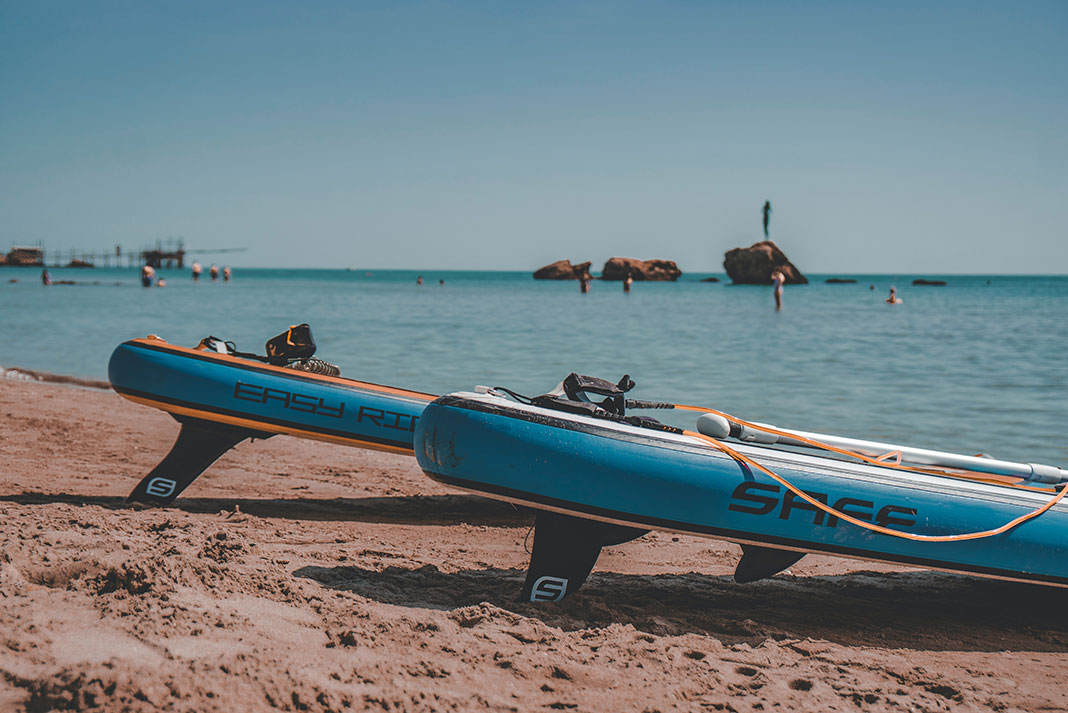
Be sure to thoroughly rinse the fin boxes, attachment points, handles and deck pad. Allow the board to air-dry in the shade, or use a soft towel to wipe it down.
2 Stay spotless
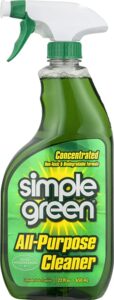 Periodically cleaning your board with a solution of mild soapy water is the best way to prevent stains and remove stubborn dirt, river scum and travel grime. Dishwashing soap and warm water or a gentle cleaning solution like Simple Green work great without being too harsh on your board. You can use a soft-bristled scrubbing brush to remove residue from the deck pad and other surfaces, avoiding graphics that can be damaged from vigorous cleaning. After sudsing up, rinse thoroughly with fresh water.
Periodically cleaning your board with a solution of mild soapy water is the best way to prevent stains and remove stubborn dirt, river scum and travel grime. Dishwashing soap and warm water or a gentle cleaning solution like Simple Green work great without being too harsh on your board. You can use a soft-bristled scrubbing brush to remove residue from the deck pad and other surfaces, avoiding graphics that can be damaged from vigorous cleaning. After sudsing up, rinse thoroughly with fresh water.
For stubborn marks, try a baking soda solution, magic eraser or non-abrasive PVC cleaning product such as mold remover. However, these should only be used on the PVC, not the deck pad or graphics.
3 Avoid a mold mine
Moisture inside your board can cause mildew and premature wear. Proper storage in a cool and dry place is key to avoiding mildew damage and bacterial growth. If you notice moisture inside your board, you can dry it out by locking the valve in the open position and blowing air into the board using a pump or vacuum exhaust.
Mildew on the outside of the board—for example, on a board that has been rolled or folded for storage—can be cleaned with a mold remover intended for use on PVC materials.
4 Enjoy sodium-free living
Inflatable paddleboards are designed for use in saltwater, however, proper cleaning and maintenance are essential for those using their board on the sea. Because saltwater is so corrosive, it’s critical to rinse your board and paddling equipment with fresh water after every use. Don’t forget to thoroughly rinse your fins, leash, paddle and PFD as well.
5 Maintain inflation valves
Keeping your inflatable board’s valves clean is key to avoiding air leaks. If the threads or sealing surfaces become dirty, the valve may not close fully. Listen and feel for air escaping at the valve if your board seems to lose pressure after inflation. Simply pressing briefly on the valve stem when the board is fully inflated will create a blast of air that is enough to dislodge any debris. If this doesn’t fix the problem, lock the valve in the open position and use a cotton swab moistened with 303 Protectant to clean inside the valve area and around the sealing surfaces.
A loose valve can also create a slow leak. Check your board’s repair kit for a valve wrench to tighten the valve, or remove it for a more thorough cleaning or replacement.

A final word on inflation: if you’re using an electric pump to fill your board, most manufacturers recommend using a hand pump to top off the last 10 to 20 percent. This avoids over-inflation, the most common cause of inflatable board damage. Never use an air compressor to blow up your board. It is too much, too fast, and can also introduce contaminants into your valves and board and void your warranty.
6 Care for fins
The removable fin or fins at the back of your board help it track straight and perform its best. They’re also the most fragile part of your inflatable paddleboard. Always set your board down with the fins facing the sky, and never put anything heavy on the board if it is resting on its fin. If you do damage or break your fin, don’t panic. Most major brands use a universal fin box that will accept a wide range of replacement SUP or longboard fins.
7 Always wear sunscreen
Inflatable paddleboards are constructed with UV-treated materials designed to withstand the sun’s powerful rays. However, even these materials will break down with prolonged exposure to damaging UV radiation. You can enhance your board’s resistance to sunlight degradation by applying a UV-blocking spray such as 303 Protectant. Think of it as sunscreen for your board and gear.
After cleaning your board, treat the deck, rails and bottom with 303 Protectant once or twice a year. Avoid the urge to apply the product more frequently since excessive use can damage your board.
8 Deflate for storage
Leaving your board out in the hot sun when fully inflated can cause the air inside to heat up and expand. The result is overinflation, which can lead to leaks, ruptures and other damage. Always store your board in the shade, out of the sun when you’re not on the water. Know your board’s maximum recommended inflation pressure and check the air pressure regularly, especially if you’re on and off the water throughout the day. Your board may need a top up for optimum rigidity, or you may need to release a bit of air.
If your inflated board will sit in the sun on a hot day, let some air out of the board to allow for expansion. Now, when it does heat up, there’s room inside to keep the pressure below the recommended maximum. This is also a good rule for transporting your inflated board on your roof rack.
9 Store indoors for long periods
When storing your inflatable paddleboard for longer periods of time, make sure it is completely dry prior to storage and choose a cool, dry place out of the sun. Storing indoors is best to avoid moisture or temperature-related damage. One of the best things about inflatable paddleboards is they don’t take up much space when rolled up, so you can stash your board in the back of a closet or under the stairwell.
Many inflatable paddleboard manufacturers recommend deflating your board to about five psi of pressure, leaving it lightly inflated and loosely rolled during storage. Keeping some air in your board while you store it will reduce the chances of any folds or seams becoming weak areas over time.
10 Maintain your pump
Like the boards themselves, SUP pumps benefit from routine maintenance to keep them working smoothly and efficiently. The best inflatable manufacturers provide hand pumps that are simple and easy to service.
Look for a couple of screws allowing you to remove the top of the pump. You can check inside the pump and remove any dirt or sand from the chamber, shaft and filter. Next, check the O-ring on the pump plunger—if it looks dry or damaged, lubricate it with a bit of lithium grease or replace it with a new, greased O-ring. Voila, your pump will be back up to optimum pressure, and your arms will thank you.
Hear us now and believe this later… We are here to pump you up. | Feature photo: Scott MacGregor
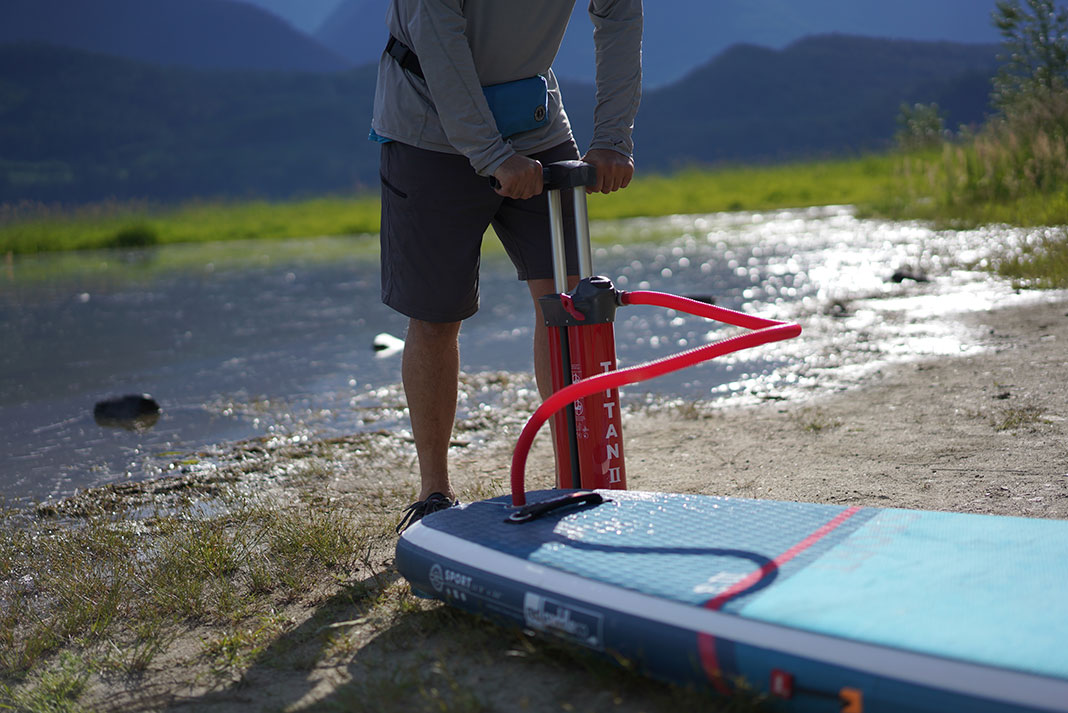
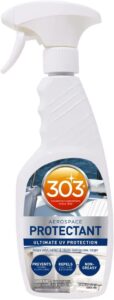
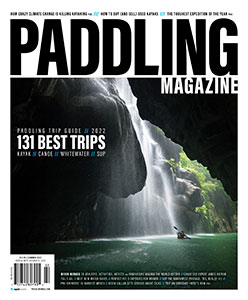 This article was first published in the Summer 2022 issue of Paddling Magazine.
This article was first published in the Summer 2022 issue of Paddling Magazine.